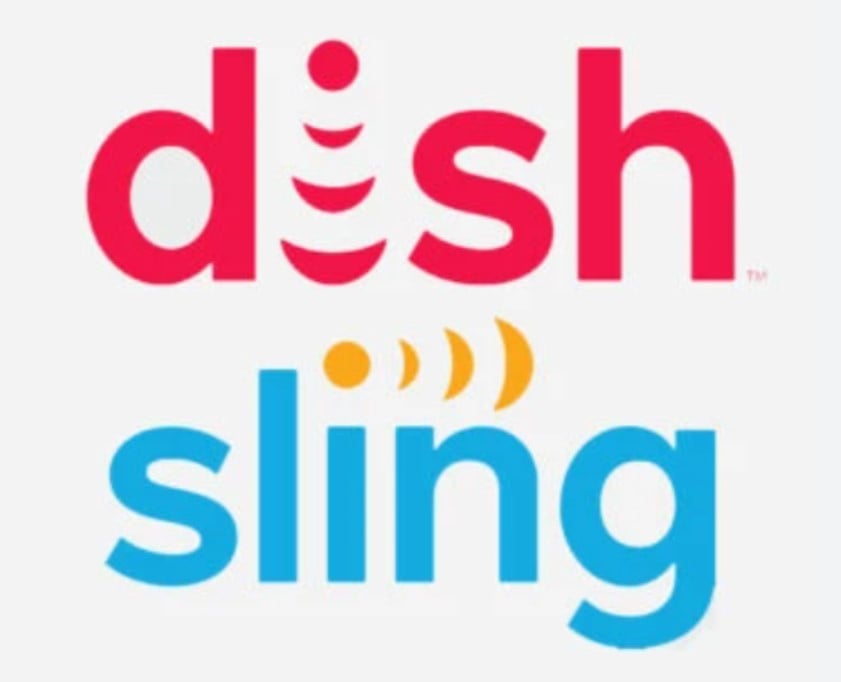In late April, DISH, the fourth wireless operator in the US market, and hyperscaler Amazon Web Services (AWS) announced plans to work together, whereby DISH will leverage AWS infrastructure and services to build a cloud-based 5G Open Radio Access Network.
650 Group believes that the DISH/AWS announcement is important because this is the first 5G Radio/hyperscaler deal – (or the second if you count Rakuten as a hyperscaler). 650 Group is encouraged by the DISH/AWS deal and thinks this represents a big step in the 5G and cloud industry. Review the 650 Group cloud hyperscaler SWOT report here.
What’s so important is that two of the three major Radio Access Network (RAN) functions will be running on AWS; these are the Centralized Unit (CU) and the Distributed Unit (DU). We see the DU running on the AWS service called Outposts as being the most critical part of this announcement, because historically this hardware has been delivered as a proprietary hardware system using proprietary semiconductors from the likes of vendors like Ericsson, Nokia, and Huawei.
Thus, AWS’ involvement in the DISH network serves as a reminder of the opportunity for RAN vendors to deploy cloud-native RAN in future cellular network deployments.
DISH is employing a terminology it called a “Capital Light” model, whereby it reduced the amount of capital spending it requires to build out its planned national network. Key to achieving this light capital model is leveraging the capital spending done by AWS and instead leveraging what some might call an OPEX oriented model. DISH plans to launch live cellular services in Las Vegas, NV first, and then its 5G network will cover 20% of the US population by June 2022, and later 70% by June 2023 and 75% of by June 2025. Thereafter, it will continue its build to “match competitors beyond 2025.” The company also plans to begin building enterprise-focused 5G networks beginning in 2021.
In our follow-up inquiries to the AWS and DISH teams, we have learned that DISH is exercising an option to run O-RAN using AWS Graviton hardware plus Enterprise Kubernetes Services. Additionally, DISH has the option to use Intel-based COTS-based hardware in parts of its network. Thus, DISH has the flexibility to deploy baseband systems on AWS or in its network, and can use Graviton or Intel systems. We have seen AWS engage in contracts with other parties where there are minimum usage rates or dollar commitments. We are not sure this is the case for the DISH deal, but AWS explains that it expects to deliver “thousands of site-specific hardware,” while at the same time DISH expects that by mid-2023, it will have built out “15,000 cellular sites.”
We wanted to share some insights on how this relationship appears to be structured. It appears that many scenarios have been envisioned as to how the relationship may evolve in the future, and we think that both parties have worked in contract terms that allow some flexibility in achieving each company’s goals. In a webinar presentation held April 30, 2021, executives from DISH hedged their bets somewhat on the relationship with AWS in interesting ways:
- DISH is building an architecture on top of AWS that will address potential downtime that may occur at AWS. AWS said it has designed its system to route around failures such as fiber cuts; it appears that DISH is not going to rely completely on the AWS redundancy features alone.
- DISH is maintaining its current working relationship with Intel, which began a year ago. DISH explains that its first wave of network buildouts, it has been using Intel FlexRAN components in building its 4T4R network. DISH explains that its 4T4R network requires only “moderate compute” capabilities and that FlexRAN from Intel is sufficient for that. But for its planned Massive MIMO Open RAN systems, it will need a new generation of acceleration. DISH claims that it is maintaining a dialogue with Intel about these future requirements. However, AWS executives explained that the RAN DU function will be running on AWS Outposts services, and in particular the 1U version that uses the AWS in-house developed ARM-based Graviton2 processors. Additionally, AWS explained that “obviously we’re working with accelerator cards. It also explained that “Intel remains a very good partner and we expect to work with Intel.” We hone in on this topic because up till now, every Open RAN system we are aware of has used x86 and for all but the lowest throughput systems uses some type of acceleration like FPGA cards. It seems that AWS would prefer DISH to use Graviton2 Outposts, but DISH is keeping its options open in case its Massive MIMO systems don’t work well with Graviton2.
- Enterprise 5G deployments might not use AWS hardware and services exclusively. DISH executive Marc Rouanne explained that “some customers may demand we put our software to other hardware.”
- DISH will maintain its use of VMWare at least in part. Although DISH has selected vendors that offer software systems that are cloud-native, which in the context of the presentation meant container and Kubernetes based, there are some network functions that are not cloud-native. For those functions that are not cloud-native, DISH explained that it will use VMWare to manage these systems (we interpret this as meaning Virtual Network Functions). Additionally, VMWare capabilities are being used “across the board” as a minimum to help onboard and test Containerized Network Functions (CNF). VMWare will also be used to support enterprise customers who require VMWare functionality. Also, DISH said it was a very important requirement that AWS and VMWare works together, because DISH will “used VMWare on top of AWS services,” which could mean a lot of things, but in context, we think it means that VNFs will run on VMWare in the AWS computing environment.
"dish" - Google News
May 21, 2021 at 01:50AM
https://ift.tt/3u6N1hW
The Implications of the new DISH/AWS Partnership for 5G Radio Services - SDxCentral
"dish" - Google News
https://ift.tt/2MXZLF4




No comments:
Post a Comment